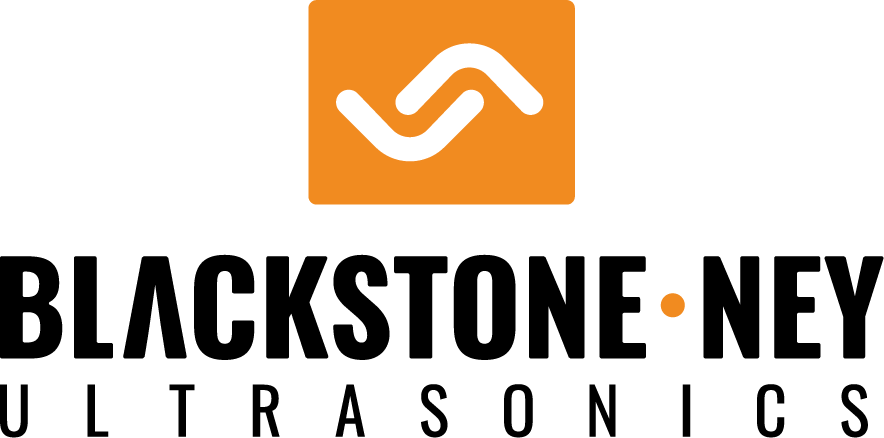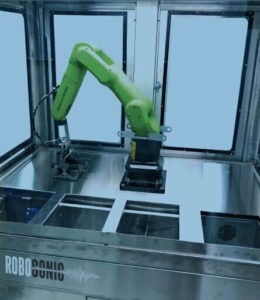One thing I should have learned over the years is to not speculate on the outcome of experimentation. In the previous blog, I advanced some theories on how liquid and air exchange might be enhanced in cleaning blind holes by using a carefully directed jet of water. Then it was off the fish tank to verify … Continued
In the blog “Reader Questions – Monitoring Ultrasonic Transducers,” I suggested a couple of ways one might test individual ultrasonic transducers to assure they have not become ineffective due to de-bonding from the cleaning tank. In an extension of the spirit of that blog, quality control measures for ultrasonic cleaning performance, I decided to check out a paper I … Continued
As one grows older it is impossible to not occasionally reflect on life and ask, “How did I get here?” I have been on this earth for a little over 70 years, and, I am convinced that, except for infancy, I have probably been an engineer for my entire life. I don’t think it is … Continued
Clean rooms are an integral and necessary part of many manufacturing operations. The goal of a clean room is to provide an environment without airborne contaminants including common dust, aerosols, particles and other contaminants that are suspended in the air everywhere around us. Although we are relatively unaware of these contaminants in our everyday lives, most … Continued
I have talked about cavitation extensively in previous blogs. But what I have neglected to address through an omission on my part is the fact that all cavitation does not produce the effect needed to enhance cleaning – namely, the catastrophic collapse of the cavitation bubble in implosion. Before reading further, please take a minute … Continued
This discussion is a bit anecdotal in nature because my attempts to demonstrate the effects I describe in the following in the laboratory have been less than conclusive. But, the fact that I have seen them occur on several occasions over a period of more than 50 years gives it a degree of credence. By this time the … Continued
In 2010, a patent was issued to Kaijo Corporation (US 7,726,325) for a method to efficiently and rapidly “degas” liquids. In short, the process involves passing a liquid through a restriction such as the narrowing of a pipe at a sufficient velocity that rarefication downstream from the restriction (ala Bernoulli’s principle) creates negative pressure to draw … Continued
A preceding blog discussed the possible effect of too many available sites for the formation of cavitation bubbles to the point that there isn’t enough energy available to grow a significant enough portion of them to sufficient size to implode. This leads to the question that the reverse may be possible as well. In short, … Continued
Automatic chemical addition and makeup is an attractive on feature on today’s sophisticated cleaning machines. Who wouldn’t appreciate eliminating the drudgery of taking samples, titrating, refractometer readings, or whatever and adding chemistry to a cleaning or rinsing bath manually? The trouble is that automatic chemical makeup is just not possible or applicable in all cases. Although there are … Continued




